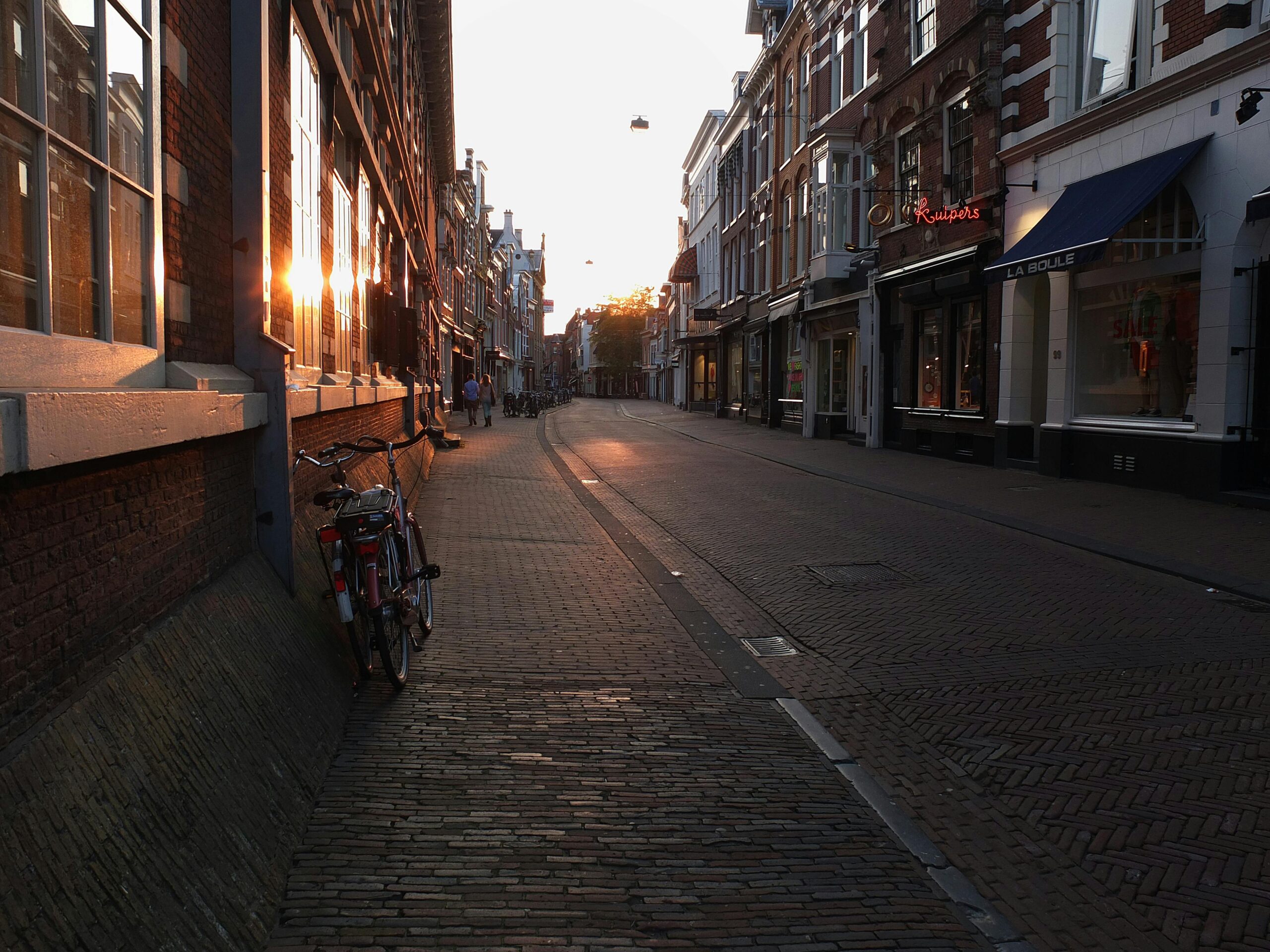From Venice to Barcelona, Dubrovnik to Amsterdam, the story is becoming all too familiar: charming European destinations are being crushed under the weight of their own popularity. The overtourism crisis—where visitor numbers exceed the capacity of communities, infrastructure, and ecosystems—is reaching a tipping point in 2025.

What Is Overtourism?
Overtourism occurs when too many tourists visit a destination, straining:
- Local infrastructure (transport, water, waste systems)
- Natural resources (beaches, parks, historic sites)
- Housing (as rentals push out residents)
- Local culture and way of life
The result? Frustrated locals, degraded environments, and a decline in tourist experience quality.
What’s Driving It?
- Cheap flights and budget airlines
- Social media-fueled travel trends
- Short-term rental platforms like Airbnb
- Cruise ship surges bringing thousands daily
- Lack of visitor caps and poor urban planning
Post-pandemic travel rebound and pent-up demand have made 2024–2025 especially intense for Europe.
Cities Fighting Back: What’s Being Done?
Several cities are implementing bold and creative solutions:
🌊 Venice
- Launched a daily entrance fee for non-local day-trippers
- Limited tour group sizes
- Banned cruise ships from the main lagoon
🏖️ Barcelona
- Targeted illegal Airbnb listings
- Capped the number of tourist accommodations
- Launched a campaign: “Enjoy Respect Barcelona”
🇳🇱 Amsterdam
- Banned new tourist shops in the city center
- Limited new hotel developments
- Reduced “disruptive tourism” ads
🇭🇷 Dubrovnik
- Installed real-time crowd monitoring
- Restricted access to Old Town
- Collaborated with cruise companies to stagger arrivals

Innovative Alternatives Gaining Ground
Europe is also pushing “decentralized tourism”, urging visitors to:
- Explore lesser-known regions (like Spain’s Galicia or France’s Auvergne)
- Visit during shoulder seasons (spring/fall)
- Take part in slow travel or eco-tourism
Some countries, like Slovenia and Finland, are leveraging their sustainable models to redirect demand from overburdened cities.
Will These Efforts Work?
Experts say success will require:
- Cross-border coordination across EU nations
- Investment in sustainable infrastructure
- Education campaigns for respectful tourism
- Tech tools to monitor and redirect crowds in real-time
However, balancing economic reliance on tourism with community well-being remains a challenge.
Frequently Asked Questions (FAQ)
Q: Why don’t cities just limit tourists?
A: It’s complicated. Tourism revenue fuels many local economies. Cities must balance economic gains with preserving quality of life.
Q: Is overtourism only a European issue?
A: No—destinations in Asia (like Bali and Kyoto) and the Americas (like Machu Picchu) face similar problems. But Europe’s density and popularity make it especially vulnerable.
Q: What can travelers do to help?
A: Travel off-season, avoid cruise ships, support local businesses, and consider “second cities” (e.g., Bologna instead of Venice).
Q: Will AI or apps help manage overtourism?
A: Yes. Cities are exploring AI-based visitor flow tools and tourist caps via QR code entries to manage crowds dynamically.

Sources BBC


